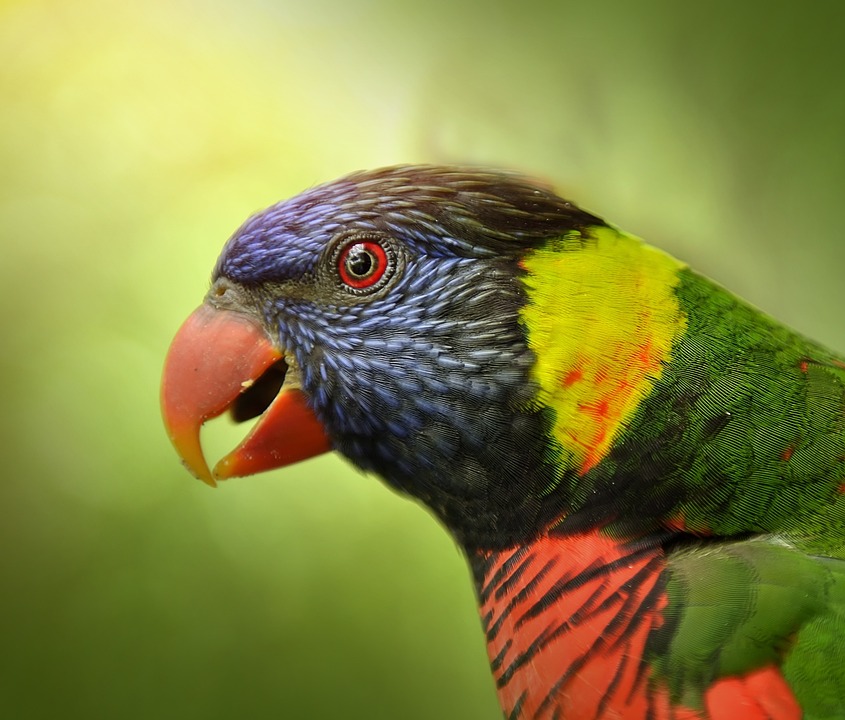Parrots are known for their intelligence and vibrant personalities, making them wonderful companions for children. However, creating gentle interactions between parrots and kids requires a thoughtful approach. Positive reinforcement is a powerful tool in shaping parrot behavior and promoting safe and enjoyable interactions with children.
Positive reinforcement involves rewarding desired behaviors to reinforce them. By using this technique, we can encourage gentle interactions between parrots and children and establish a harmonious relationship between the two.
Creating a positive environment is crucial in fostering gentle interactions. Designating a safe space where parrots and children can interact comfortably ensures a controlled environment for positive reinforcement. Avoiding stressful situations, such as loud noises or sudden movements, helps maintain a calm and positive atmosphere.
It is important to teach boundaries to children when interacting with parrots. Educating them about parrot body language and appropriate behavior around birds lays the foundation for respectful interactions. Teaching children to approach parrots with soft touches and avoiding grabbing or squeezing promotes gentle interactions.
Implementing positive reinforcement techniques is essential in shaping parrot behavior. Consistently praising both the parrot and child for calm and gentle behaviors reinforces positive interaction. Offering small, healthy treats as rewards for gentle interactions reinforces desired behaviors. Engaging in interactive play sessions, such as puzzle-solving or gentle fetch games, further strengthens the bond between parrots and children.
Here are some frequently asked questions about gentle interactions with children and parrot behavior:
1. Can all parrot species be safely interacted with by children?
While many parrot species can be suitable companions for children, it’s essential to research individual species’ temperament and care requirements. Consulting with an avian expert can help determine the best match for your child.
2. What if my parrot displays aggression towards my child?
If your parrot exhibits aggressive behavior towards your child, it is crucial to prioritize safety. Seeking guidance from an avian behaviorist can help address the underlying causes and implement appropriate strategies for managing aggression.
3. How long does it typically take for positive reinforcement to yield results?
The time required for positive reinforcement to manifest desired behaviors varies depending on the parrot’s age, previous experiences, and individual temperament. Consistency, patience, and gradual progress are key to achieving successful outcomes.
In conclusion, by proactively using positive reinforcement techniques, we can foster gentle interactions between parrots and children. Creating a positive environment, setting boundaries, and implementing rewards are all essential steps in encouraging safe and enjoyable relationships that benefit both parrots and children. Remember, a harmonious bond between parrots and kids is built on patience, understanding, and the power of positive reinforcement.









